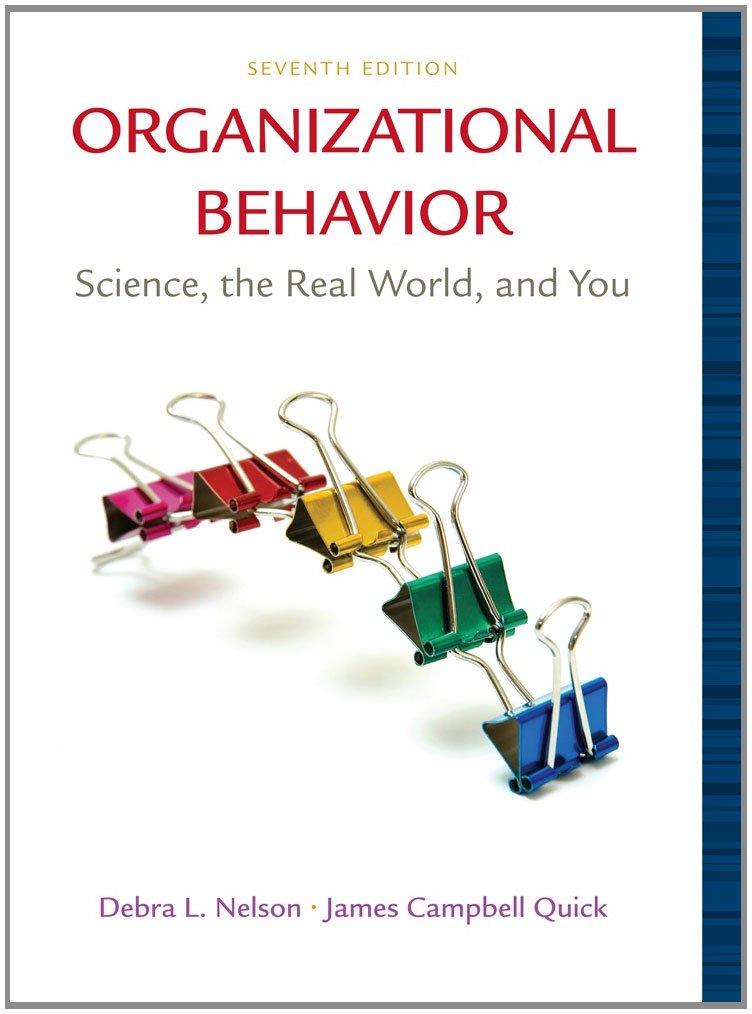Various alternative work arrangements exist for use in businesses and other types of organizations; included among the
Question:
Various alternative work arrangements exist for use in businesses and other types of organizations; included among the options are compressed work weeks, flexible work schedules, telecommuting, and job sharing. This case focuses on alternative work arrangements in general rather than on a particular one exclusively; however, telecommuting does receive additional attention.
The case revolves around the potential advantages and disadvantages that are associated with alternative work arrangements, and the factors that are contributing to an increased use of various alternative work arrangements by employers. With respect to the various advantages and disadvantage that are indentified in the case, the positives seem to outweigh the negatives. “Organizations that offer flexible working arrangements are, and will continue to be, employers of choice. ¼ Employees consistently rank flexible schedules high on their list of desired benefits; employers who are reluctant to offer these popular perks will find themselves falling short in the bidding wars for talent.” The case identifies three underlying factors that are driving the movement toward the increased utilization of alternative work arrangements in many different workplaces. These factors are:
(a) the needs, desires, and expectations of workers for greater flexibility at work;
(b) fuel costs and fuel consumption associated with commuting, and the related carbon footprint impact; and
(c) the restrictive impact of the 2008-2009 economic recession on job opportunities.
The case concludes by pointing out that many nations have experimented successfully with various flexible work programs and some countries have enacted legislation promoting alternative work arrangements. It then poses the question: “Will the United States government and American businesses be adequately prepared to meet future economic challenges, at least in part, by embracing the movement toward increasing use of alternative work arrangements?”
Questions
- 1. How can employees benefit from alternative work arrangements? How can employers benefit from alternative work arrangements?
- 2. What are some of the possible negative outcomes for employers and/or employees regarding alternative work arrangements?
- 3. What types of factors are influencing organizations to consider using alternative work arrangements? Explain how alternative work arrangements can address the problems/issues that are raised by these factors.
- 4. Should the availability of alternative work arrangements to employees in the United States be mandated by law? Why or why not?
Step by Step Answer:

Organizational Behavior Science The Real World And You
ISBN: 9781111416218
7th Edition
Authors: Debra L. Nelson, James Campbell Quick





